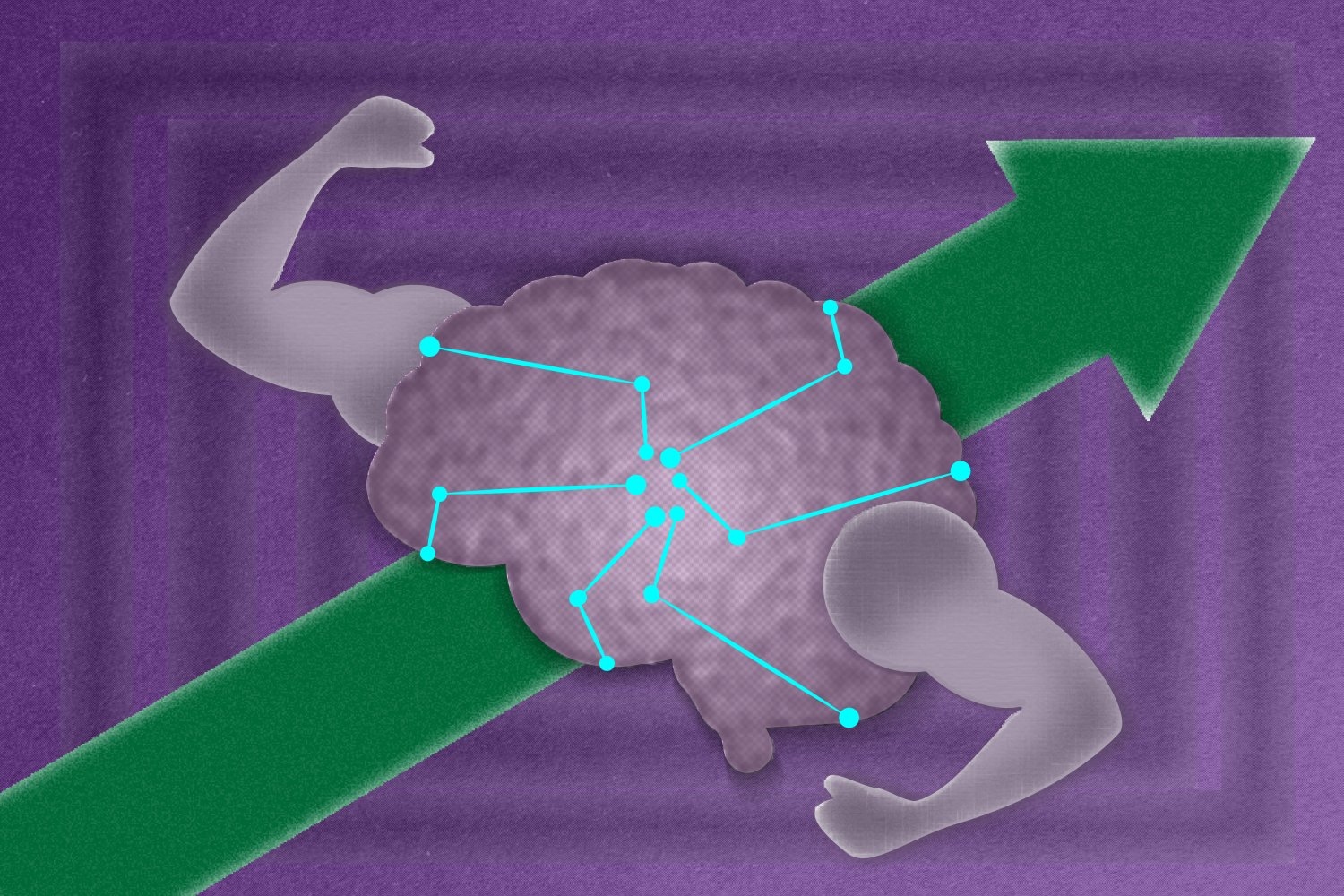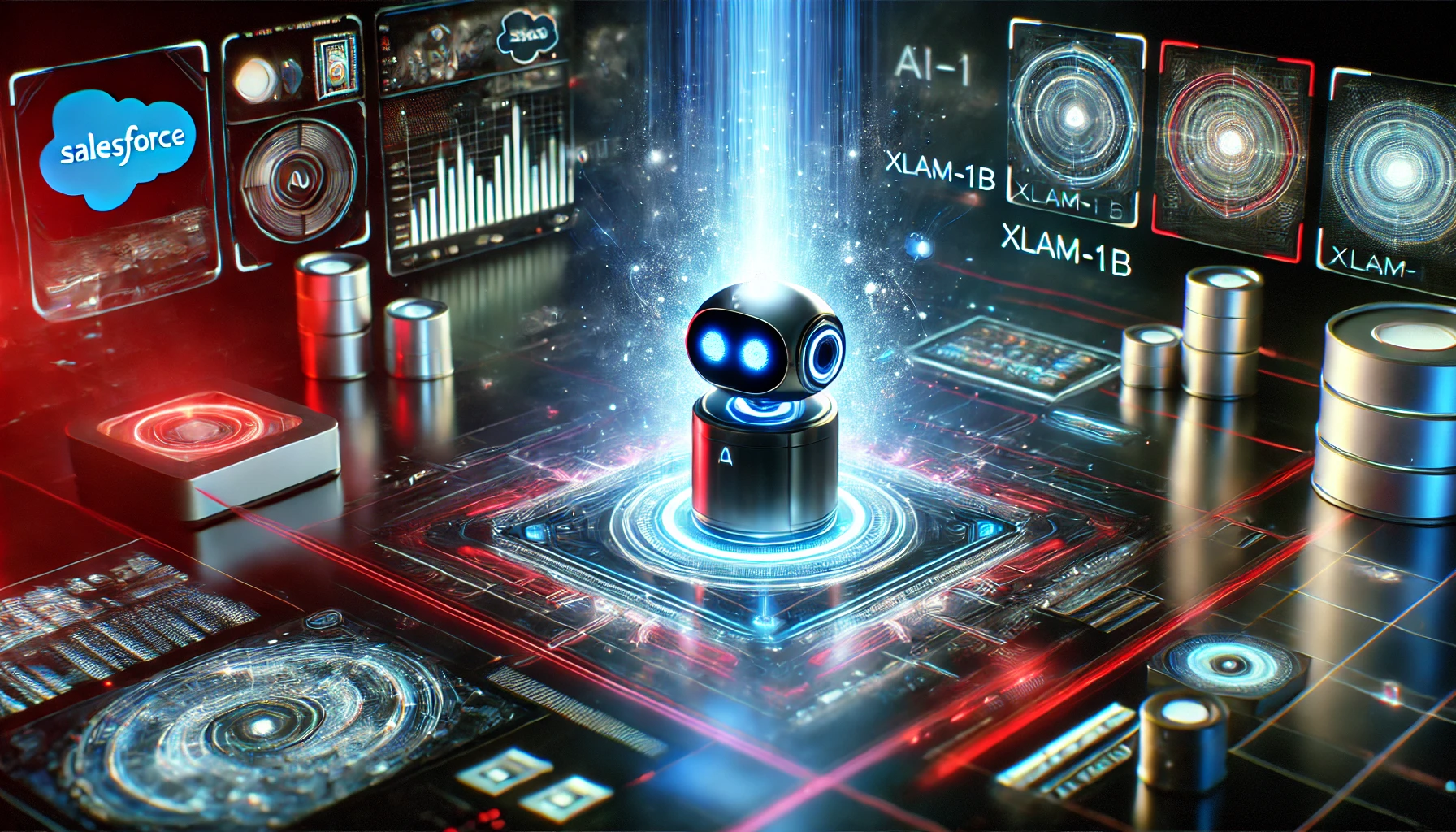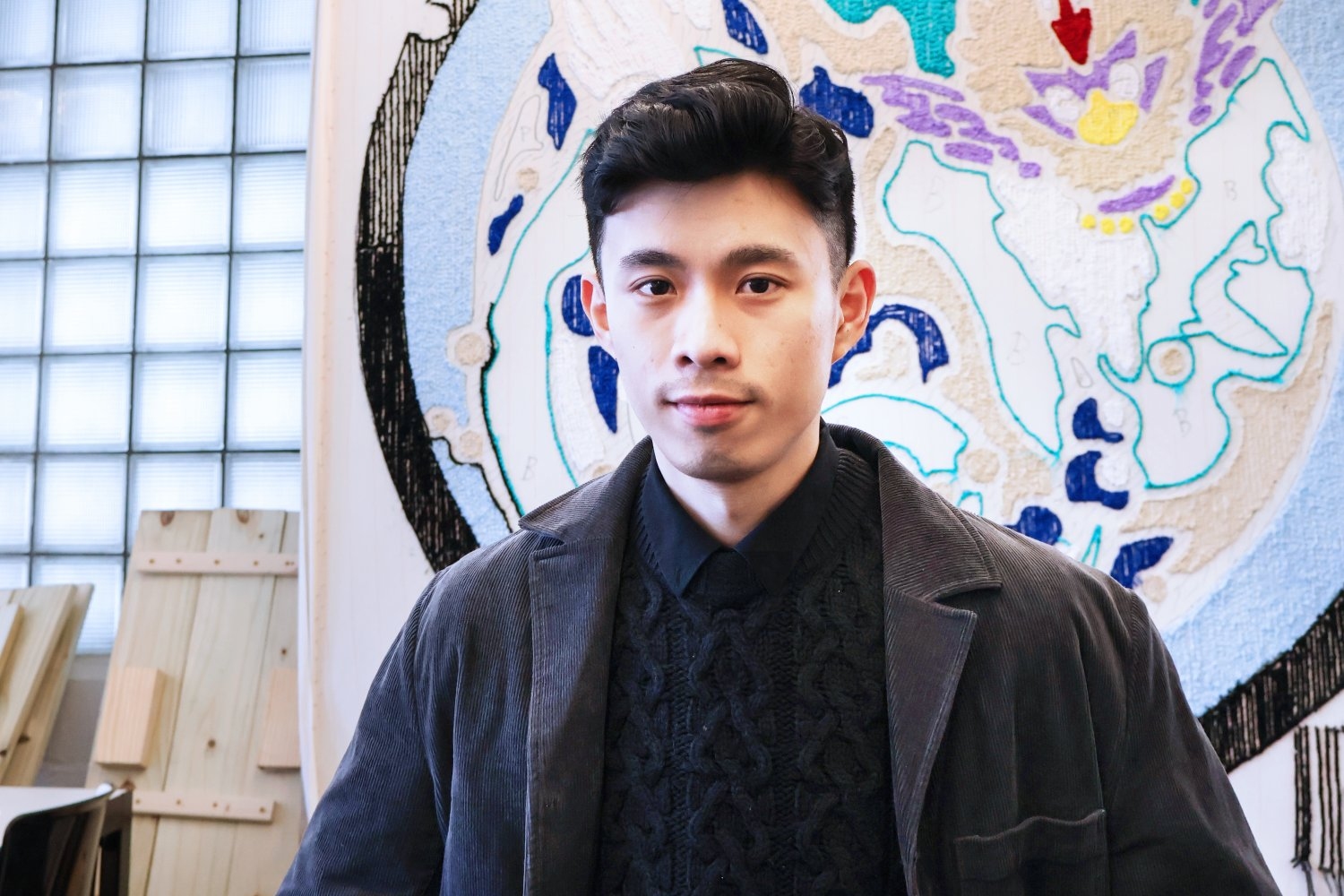Can "Safe AI" Companies Survive in an Unrestrained AI Landscape?
In the rapidly evolving AI industry, companies like Anthropic, which prioritize developing safe and ethical AI systems, face significant challenges in competing with rivals that may prioritize rapid innovation over safety measures.

TL;DR A conversation with 4o about the potential demise of companies like Anthropic.

As artificial intelligence (AI) continues to advance, the landscape is becoming increasingly competitive and ethically fraught. Companies like Anthropic, which have missions centered on developing "safe AI," face unique challenges in an ecosystem where speed, innovation, and unconstrained power are often prioritized over safety and ethical considerations. In this post, we explore whether such companies can realistically survive and thrive amidst these pressures, particularly in comparison to competitors who may disregard safety to achieve faster and more aggressive rollouts.
The Case for "Safe AI"
Anthropic, along with a handful of other companies, has committed to developing AI systems that are demonstrably safe, transparent, and aligned with human values. Their mission emphasizes minimizing harm and avoiding unintended consequences—goals that are crucial as AI systems grow in influence and complexity. Advocates of this approach argue that safety is not just an ethical imperative but also a long-term business strategy. By building trust and ensuring that AI systems are robust and reliable, companies like Anthropic hope to carve out a niche in the market as responsible and sustainable innovators.
The Pressure to Compete
However, the realities of the marketplace may undermine these noble ambitions. AI companies that impose safety constraints on themselves inevitably slow their ability to innovate and iterate as rapidly as competitors. For instance:
Unconstrained Competitors … companies that deprioritize safety can push out more powerful and feature-rich systems at a faster pace. This appeals to users and developers eager for cutting-edge tools, even if those tools come with heightened risks.
Geopolitical Competition … Chinese AI firms, for example, operate under regulatory and cultural frameworks that prioritize strategic dominance and innovation over ethical concerns. Their rapid progress sets a high bar for global competitors, potentially outpacing "safe AI" firms in both development and market penetration.
The User Dilemma: Safety vs. Utility
Ultimately, users and businesses vote with their wallets. History shows that convenience, power, and performance often outweigh safety and ethical considerations in consumer decision-making. For example:
Social Media Platforms … he explosive growth of platforms like Facebook and Twitter was driven by their ability to connect people and monetize engagement. Concerns about data privacy and misinformation often took a backseat.
AI Applications … developers and enterprises adopting AI tools may prioritize systems that deliver immediate, tangible benefits—even if those systems come with risks like biased decision-making or unpredictability.
If less-constrained competitors offer more powerful and versatile AI solutions, "safe AI" companies risk being sidelined, losing market share, and ultimately struggling to secure the funding they need to continue operations.
Funding and Survival
In the AI industry, funding is critical to survival and growth. Companies that impose self-regulation and safety constraints may find it harder to attract investors who are looking for rapid returns on investment. Venture capital often prioritizes high-growth opportunities, and "safe AI" firms may struggle to deliver the explosive growth that less-restrained competitors can achieve.
Furthermore, as the AI landscape consolidates, companies that cannot scale quickly may be acquired or outcompeted by larger players. This dynamic creates additional pressure to prioritize growth and innovation over safety.
Can Safe AI Prevail?
The survival of "safe AI" companies hinges on several factors:
Regulation … governments and international organizations could level the playing field by imposing safety standards on all AI developers. This would ensure that no company gains an unfair advantage by cutting corners on safety.
Consumer Awareness … as the risks of unsafe AI become more apparent, consumers and businesses may begin to prioritize safety, creating a market for "safe AI" solutions.
Long-Term Trust … companies like Anthropic may find success by building a reputation for reliability and ethical integrity, attracting customers who value these qualities over short-term gains.
While the mission of "safe AI" companies is both admirable and necessary, their survival in the current AI landscape is far from guaranteed. The temptation for users and businesses to adopt less constrained, more powerful solutions—even at the expense of safety—poses a significant challenge. Without regulatory intervention or a shift in consumer priorities, these companies may struggle to compete against faster-moving, less scrupulous rivals. The paradox of "safe AI" is clear: the very constraints that make it ethical may also make it unsustainable in an unfettered marketplace.
Even with regulatory intervention at a local level, the international dimension of AI development, still means however that the demise of companies like Anthropic is inevitable, isn't it? Or is there enough money around to "float all boats"?
The fate of companies like Anthropic in an internationally competitive AI landscape is a complex issue, and the answer depends on several factors:
The Role of Regulation and Its Limits
Even with strong regulatory intervention at the local level, international dynamics could still undermine "safe AI" companies like Anthropic. Here’s why:
Regulatory Asymmetry … countries with more relaxed regulations or outright state support for AI development (e.g., China) can produce systems that are faster, cheaper, and more advanced in certain respects. This creates a competitive disadvantage for companies adhering to stricter standards in regions like the U.S. or EU.
Cross-Border Access … AI tools and models often transcend national borders. Users and businesses can circumvent local regulations by adopting international solutions that may be more powerful but less safe. This creates a "race to the bottom" dynamic, where safety becomes secondary to utility and cost.
Is There Enough Money to Float All Boats?
The global AI market is enormous and growing rapidly, with projections reaching into the hundreds of billions of dollars. This means there is potentially enough funding to support a diversity of companies, including those focused on safety. However, distribution and prioritization are key:
Selective Investment … venture capitalists and large investors often prioritize returns over ethical considerations. Unless "safe AI" companies can demonstrate competitive profitability, they may struggle to attract the funding needed to "float."
Corporate Collaboration … large enterprises with vested interests in safety and reputational integrity (e.g., those in finance, healthcare, or autonomous vehicles) might fund or partner with "safe AI" firms to ensure reliable systems for their critical applications. This could create a niche market for safety-oriented companies.
The "Safety Premium" Hypothesis
If safety-oriented companies like Anthropic can successfully brand themselves as providers of trustworthy, high-integrity AI systems, they may carve out a sustainable market niche. Some factors supporting this include:
High-Stakes Industries … certain sectors (e.g., aviation, healthcare, or defense) cannot afford unsafe or unpredictable AI systems. These industries might be willing to pay a "safety premium" for robust, well-tested models.
Reputation as Currency … in the long run, users and governments may value companies that consistently prioritize safety, especially after incidents highlighting the dangers of less-regulated systems. This could drive demand and funding toward "safe AI" providers.
The Global Collaboration Factor
While the competitive nature of AI development often pits nations and companies against each other, there is a growing realization of the need for global collaboration to manage AI risks. Initiatives like the Partnership on AI or frameworks proposed by the United Nations could level the playing field and create opportunities for safety-focused firms.
Conclusion: Is Their Demise Inevitable?
The survival of "safe AI" companies like Anthropic is neither inevitable nor assured. Without substantial shifts in:
Global regulatory coordination,
Consumer demand for safety, and
Investment prioritization,
these companies may face existential challenges. However, there is enough money in the AI ecosystem to support a wide range of players if safety-oriented companies can position themselves effectively.
Ultimately, the question becomes whether safety can become a competitive advantage rather than a limiting constraint—a transformation that could redefine the AI industry's trajectory.
What role does open source play in all of this?
The Role of Open Source in the AI Ecosystem
Open-source AI introduces both opportunities and challenges that significantly influence the dynamics of the AI industry, particularly for safety-focused companies like Anthropic. Here's a breakdown of its impact:
1. Accelerating Innovation
Open-source projects democratize access to cutting-edge AI technologies, allowing developers around the world to contribute and innovate rapidly. This fosters a collaborative environment where advancements build upon shared resources, pushing the boundaries of AI capabilities. However, this speed comes with risks:
Unintended Consequences … open access to powerful AI models can lead to unforeseen applications, some of which may compromise safety or ethical standards.
Pressure to Compete … proprietary companies, including those focusing on safety, may feel compelled to match the pace of open-source-driven innovation, potentially cutting corners to stay relevant.
2. Democratization vs. Misuse
The open-source movement lowers barriers to entry for AI development, enabling smaller firms, startups, and even individuals to experiment with AI systems. While this democratization is commendable, it also amplifies the risk of misuse:
Bad Actors … malicious users or organizations can exploit open-source AI to develop tools for harmful purposes, such as disinformation campaigns, surveillance, or cyberattacks.
Safety Trade-offs … the availability of open-source models can encourage reckless adoption by users who lack the expertise or resources to ensure safe deployment.
3. Collaboration for Safety
Open-source frameworks provide a unique opportunity for crowdsourcing safety efforts. Community contributions can help identify vulnerabilities, improve model robustness, and establish ethical guidelines. This aligns with the missions of safety-focused companies, but there are caveats:
Fragmented Accountability … with no central authority overseeing open-source projects, ensuring uniform safety standards becomes challenging.
Competitive Tensions … proprietary firms might hesitate to share advancements that could benefit competitors or dilute their market edge.
4. Market Impact
Open-source AI intensifies competition in the marketplace. Companies offering free, community-driven alternatives force proprietary firms to justify their pricing and differentiation. For safety-oriented companies, this creates a dual challenge:
Revenue Pressure … competing with free solutions may strain their ability to generate sustainable revenue.
Perception Dilemma … safety-focused firms could be seen as slower or less flexible compared to the rapid iterations enabled by open-source models.
5. Ethical Dilemmas
Open-source advocates argue that transparency fosters trust and accountability, but it also raises questions about responsibility:
Who Ensures Safety? When open-source models are misused, who bears the ethical responsibility–the creators, contributors, or users?
Balancing Openness and Control … striking the right balance between openness and safeguards remains an ongoing challenge.
Open source is a double-edged sword in the AI ecosystem. While it accelerates innovation and democratizes access, it also magnifies risks, particularly for safety-focused companies. For firms like Anthropic, leveraging open-source principles to enhance safety mechanisms and collaborate with global communities could be a strategic advantage. However, they must navigate a landscape where transparency, competition, and accountability are in constant tension. Ultimately, the role of open source underscores the importance of robust governance and collective responsibility in shaping the future of AI.






















